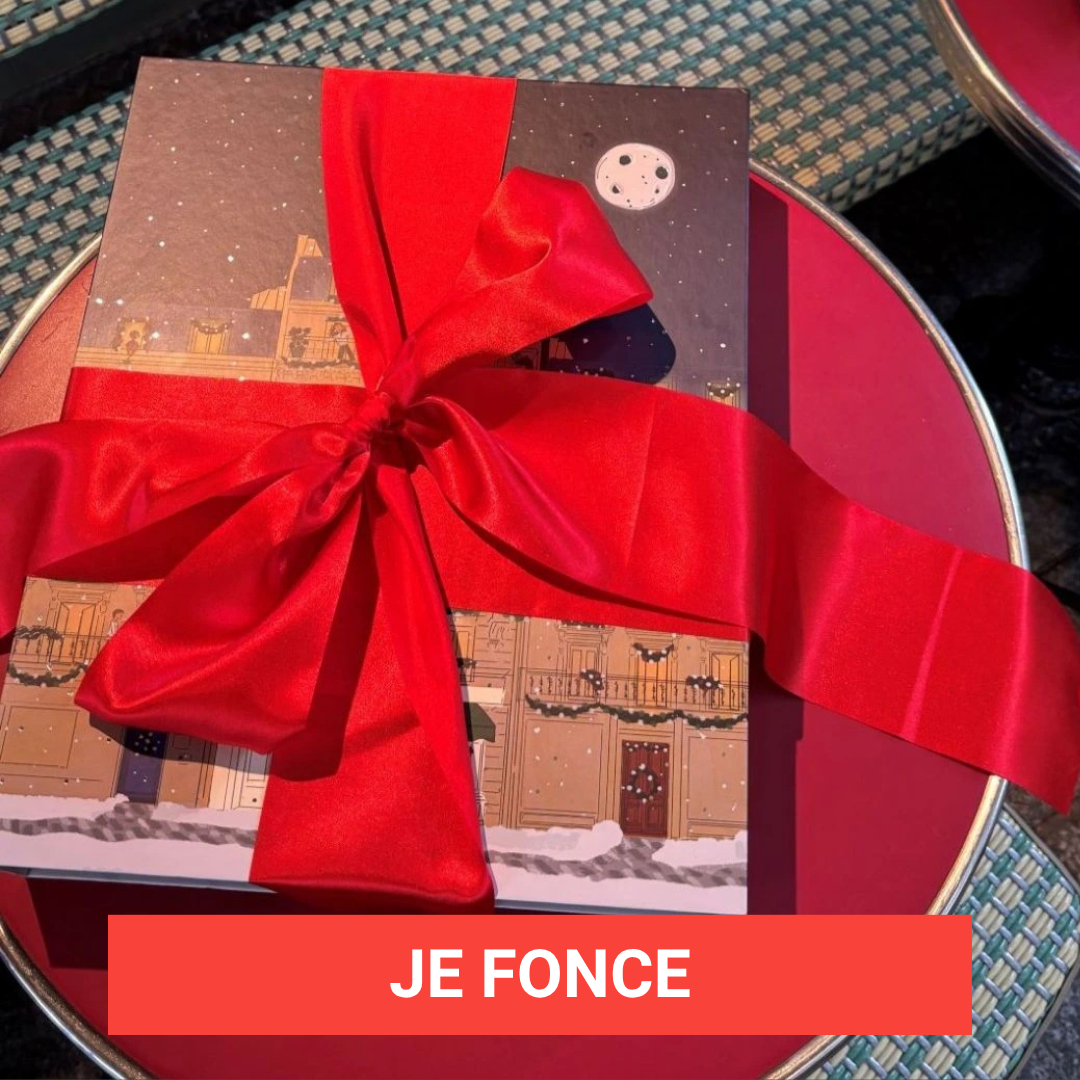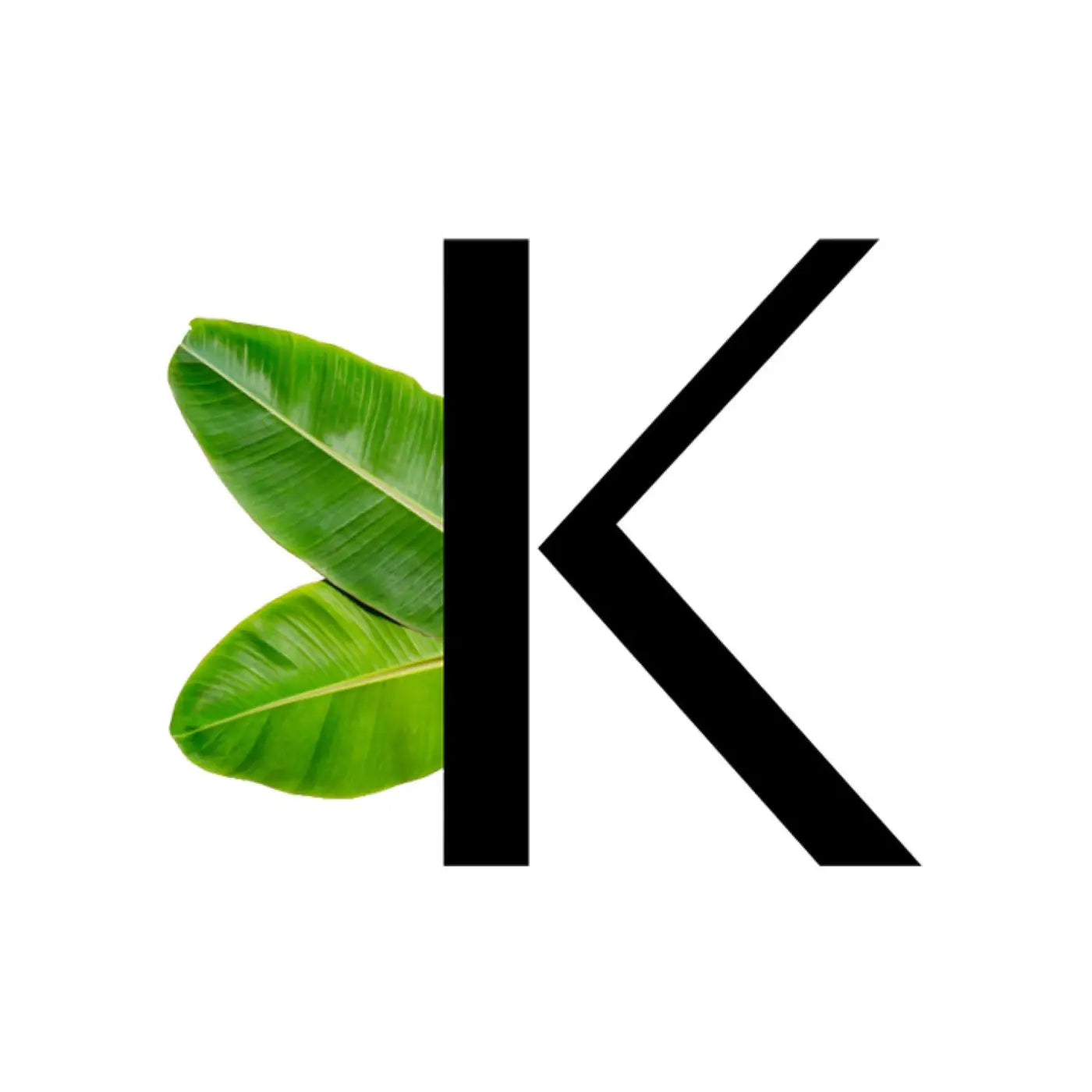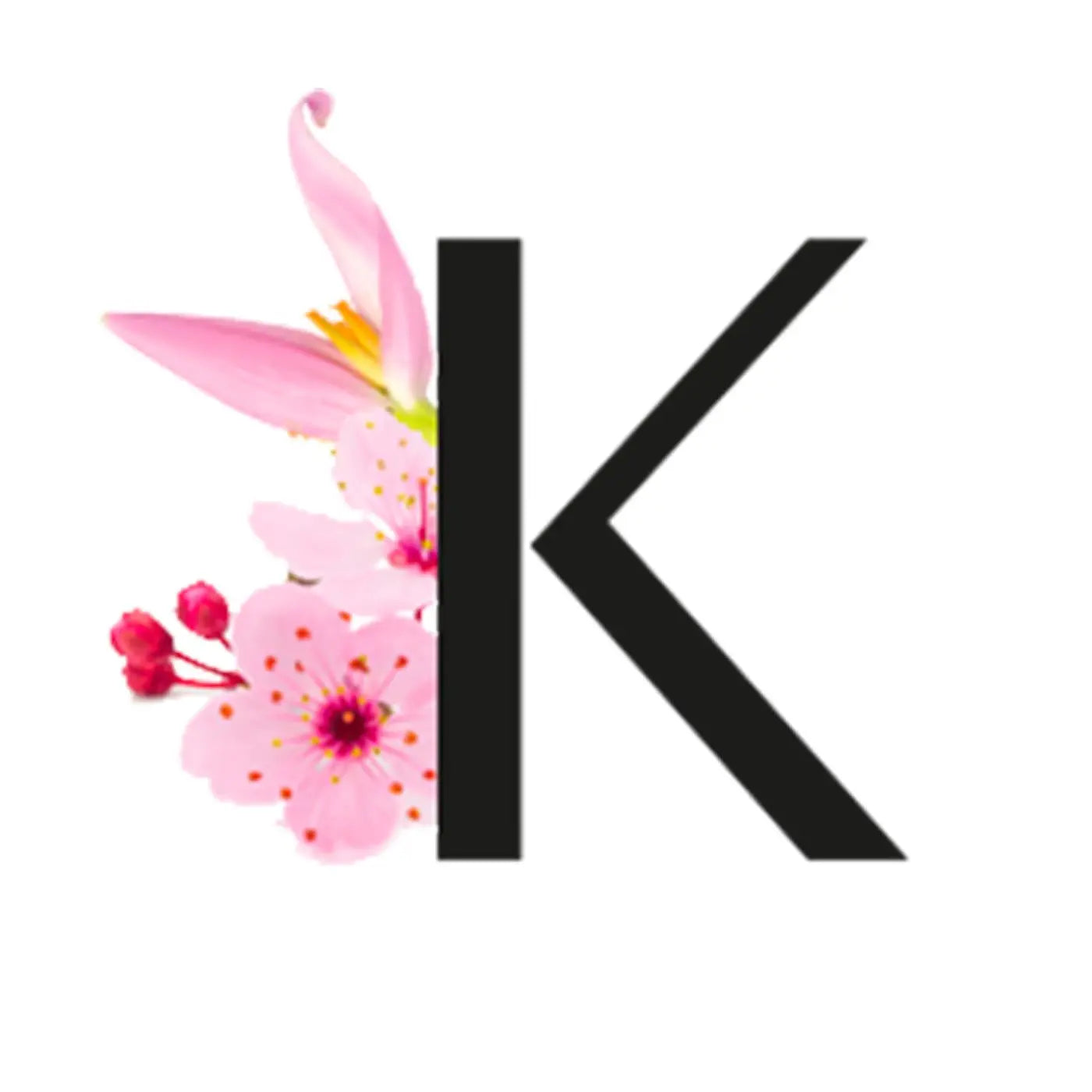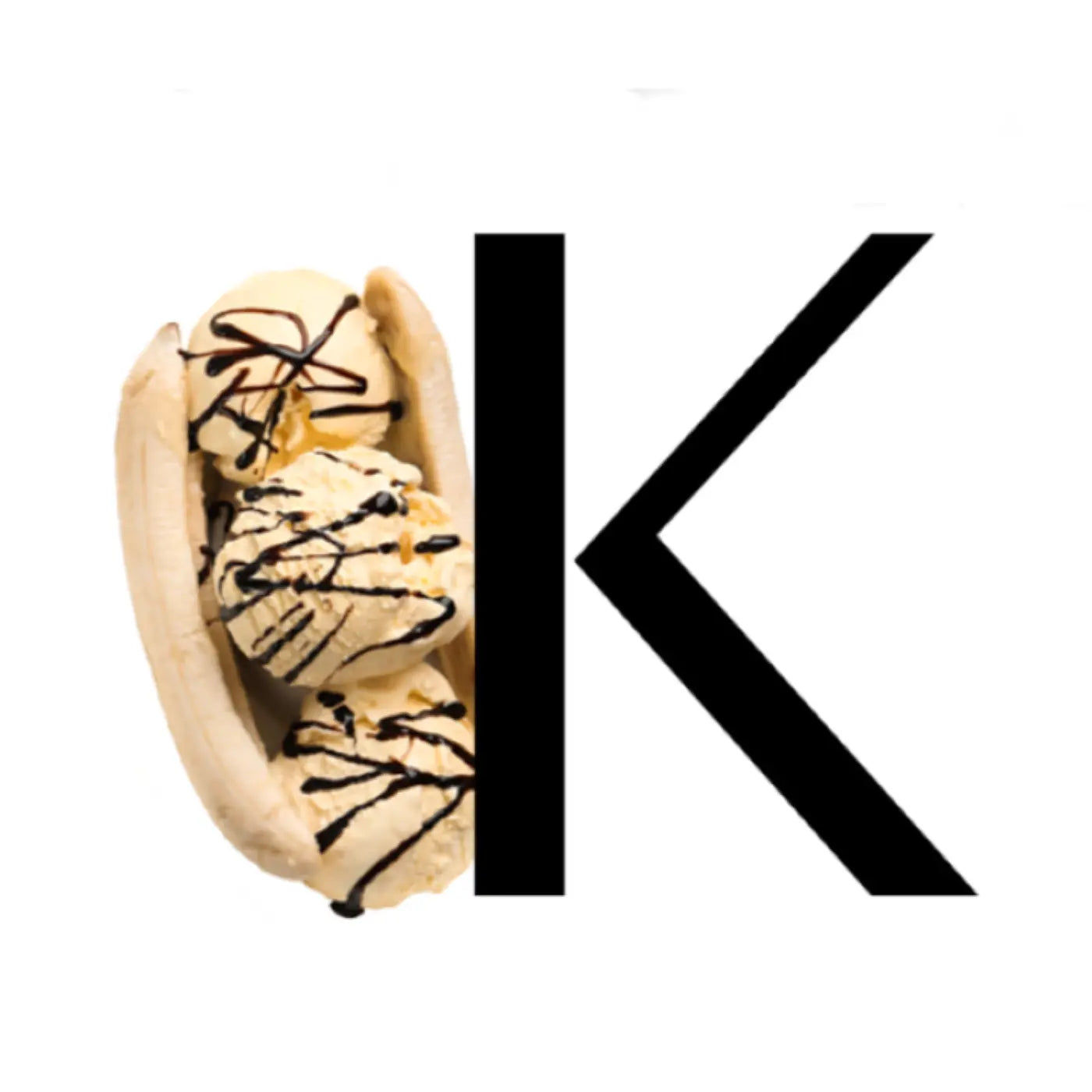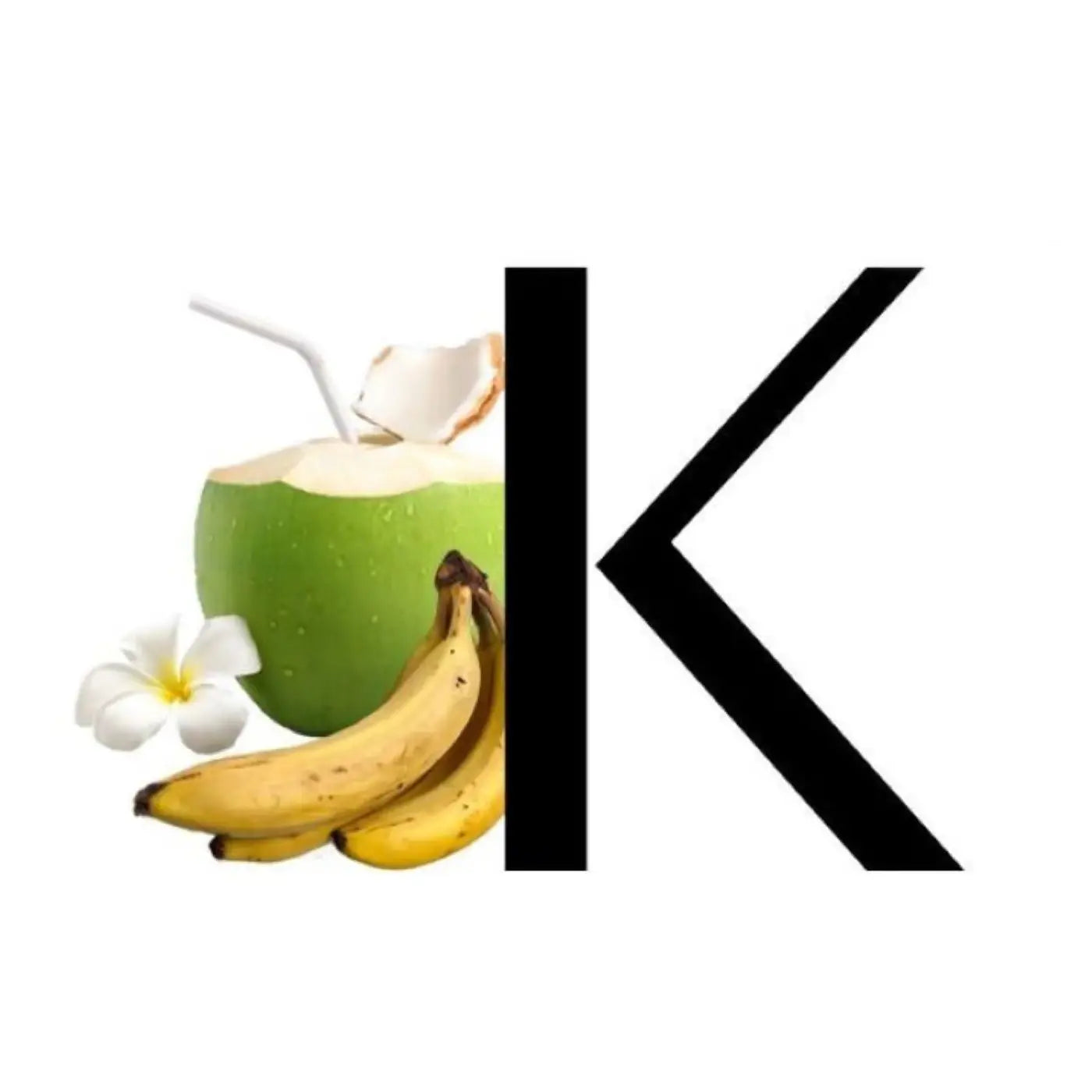The Kadalys DNA also includes a strong olfactory identity to provide you with an unforgettable sensory experience. Our perfumes are developed in close collaboration with our talented partner perfumers to create iconic and unique scents. We have chosen to be fully transparent about our fragrances and allergens to help you understand the labels and ratings of cosmetic analysis applications.
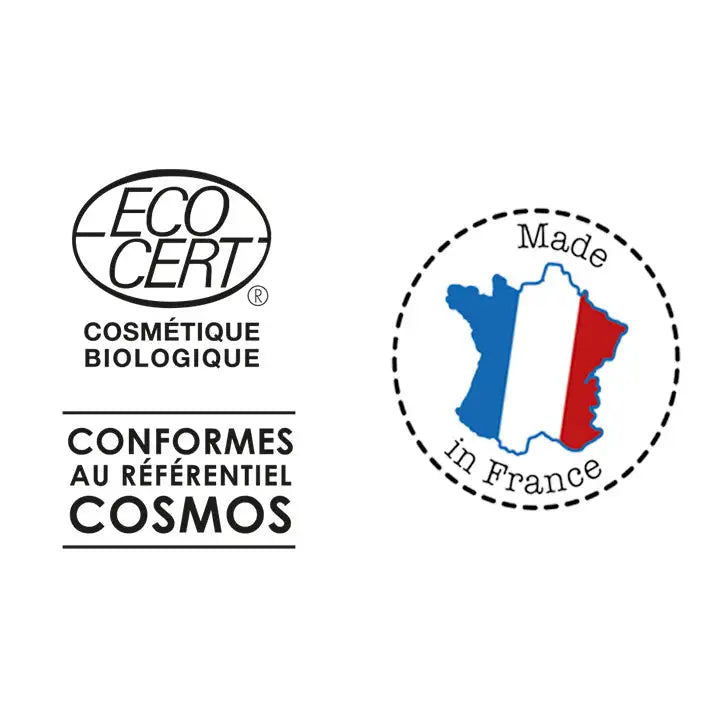
Perfume is one of the most challenging cosmetic products to convert to natural, as the range of scents offered in conventional products is much more diverse than that of natural and organic fragrances. To give you an idea, manufacturers of conventional fragrances have access to over 1,500 fragrant raw materials for creating synthetic eau de parfum, compared to about 150 for the manufacturing of an organic eau de parfum.
Because we are committed to formulating effective, natural, and sensory products, we have chosen to develop our perfumes with French Haute Parfumerie Maisons.
Inspired by our warm tropical islands, our enchanting and light fragrances are 100% certified ECOCERT/COSMOS, made in France, and developed exclusively from natural raw materials and essential oils.

A perfume is composed of 3 main notes, organized according to an olfactory pyramid:
- Top Notes: The notes that are perceptible for about 30 minutes.
- Heart Notes: The notes that dominate for 4 hours.
- Base Notes: The notes that last the longest, persisting for 6 hours or more.
This is also why your perfume evolves on your skin over time.
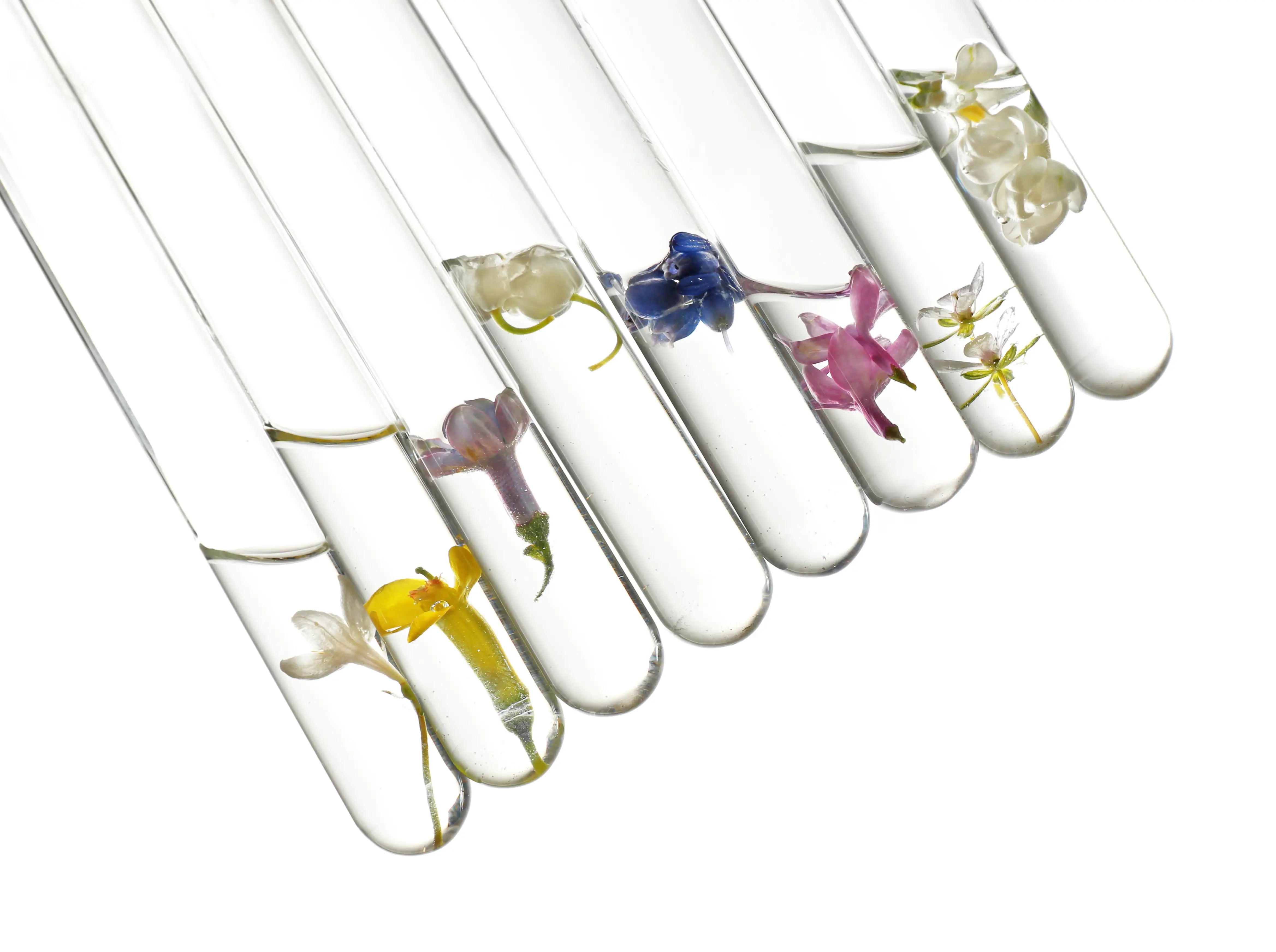
Perfumes are divided into 7 major fundamental olfactory families: woody, chypre, leather, floral, citrus (or fruity), and oriental (or amber).
Created in 1984 by the French Society of Perfumers, this classification helps to understand and identify their composition more quickly. However, there are some variations, as while these olfactory families characterize the general personality of a fragrance, there are multiple scent variations within a single family. Thus, there are several facets that sometimes blend multiple families together.
Our perfumes are partially composed of essential oils, naturally based on the principles of olfactology and aromatherapy. The scents of essential oils have an effect on our emotions; our fragrances are both sensory-active and aromatic.
Perfume allergens are molecules that are naturally present in the raw materials used in perfumes, giving them a particular and distinctive scent (essential oils, etc.). They can cause allergic reactions on sensitive or reactive skin, such as redness or itching. These substances are inherently contained in these raw materials and are not added separately. For example, benzyl salicylate is the fragrant compound found in ylang-ylang.
26 of these fragrant substances recognized as allergens are listed in the Cosmetic Regulation and must be mentioned on the INCI formula based on their dosage and the product's function:
- 0.001% of the formula for leave-on products (serums, creams, oils, etc.)
- 0.01% of the formula for rinse-off products (shower gels, facial cleansers, makeup remover oils, etc.)
The goal of this labeling is to inform consumers; it does not guarantee that there will be no reactions. Therefore, we recommend that you always test a new product on the inside of your arm and wait 24 hours.
In our perfumes, we sometimes label the following allergens:
- Limonene: This compound is found in many essential oils, especially those derived from citrus fruits. It gets its name from lemon (Limon), which, like other citrus fruits, contributes a fresh scent.
- Linalool: This molecule is naturally present in almost all essential oils, providing a floral and fresh touch to fragrances.
- Citral: This compound is found in lemongrass, verbena, orange, and lemon oils. It adds a citrus note to perfumes.
- Benzyl Salicylate: A natural derivative of salicylic acid, it has a soft and floral scent that is very pleasant and light, and is the main component of ylang-ylang. It contributes floral notes reminiscent of lilac and jasmine.
- Geraniol: This compound emits a sweet floral scent similar to roses. It is naturally found in many fruits, vegetables, spices, and essential oils, including apple, ginger, blackberry, blueberry, rosewood, jasmine, and lavender.
100% GARANTI SANS :
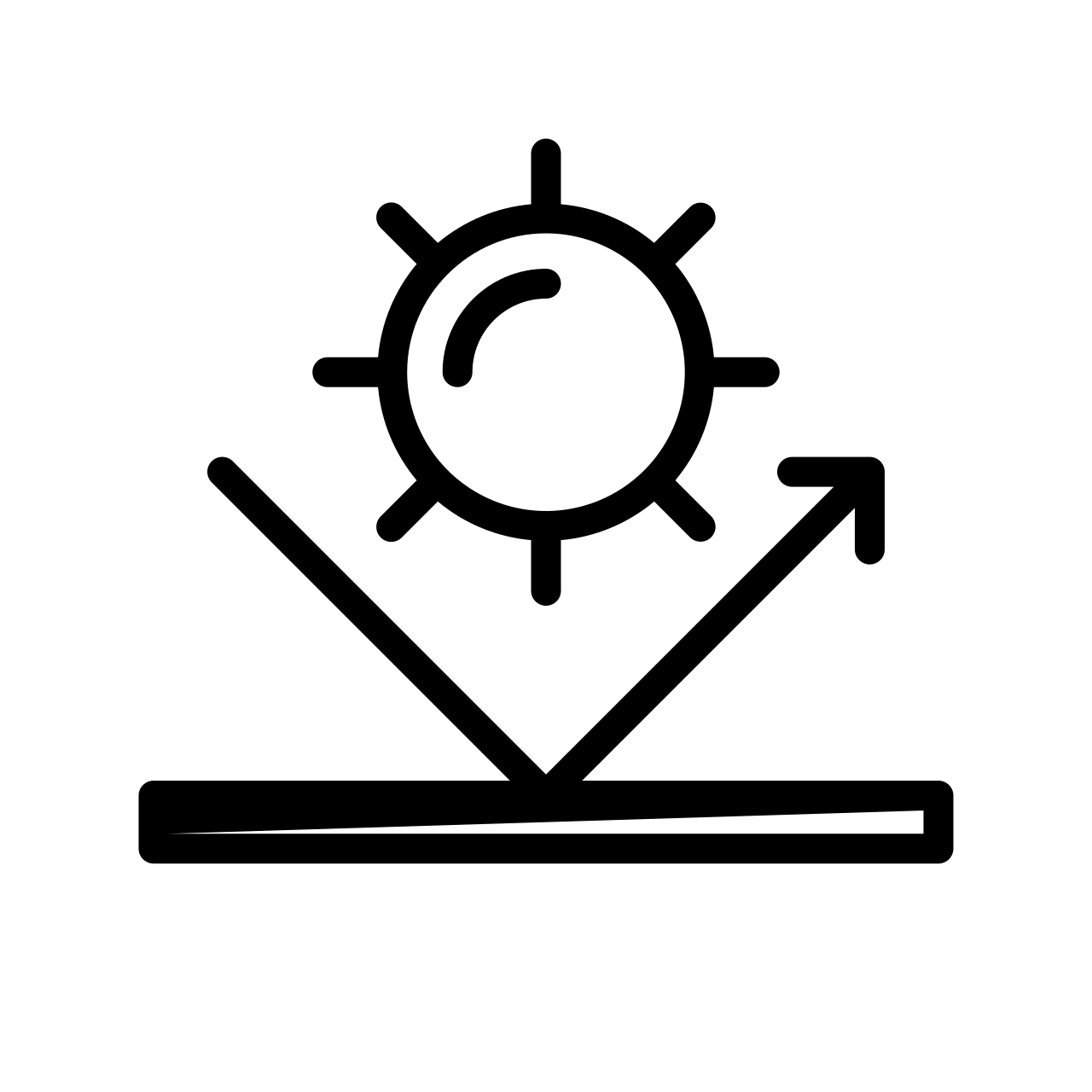
UV filters

GMO

Toxins

Colors
artificial

Original ingredients
animal, chemical
AND SYNTHETIC



